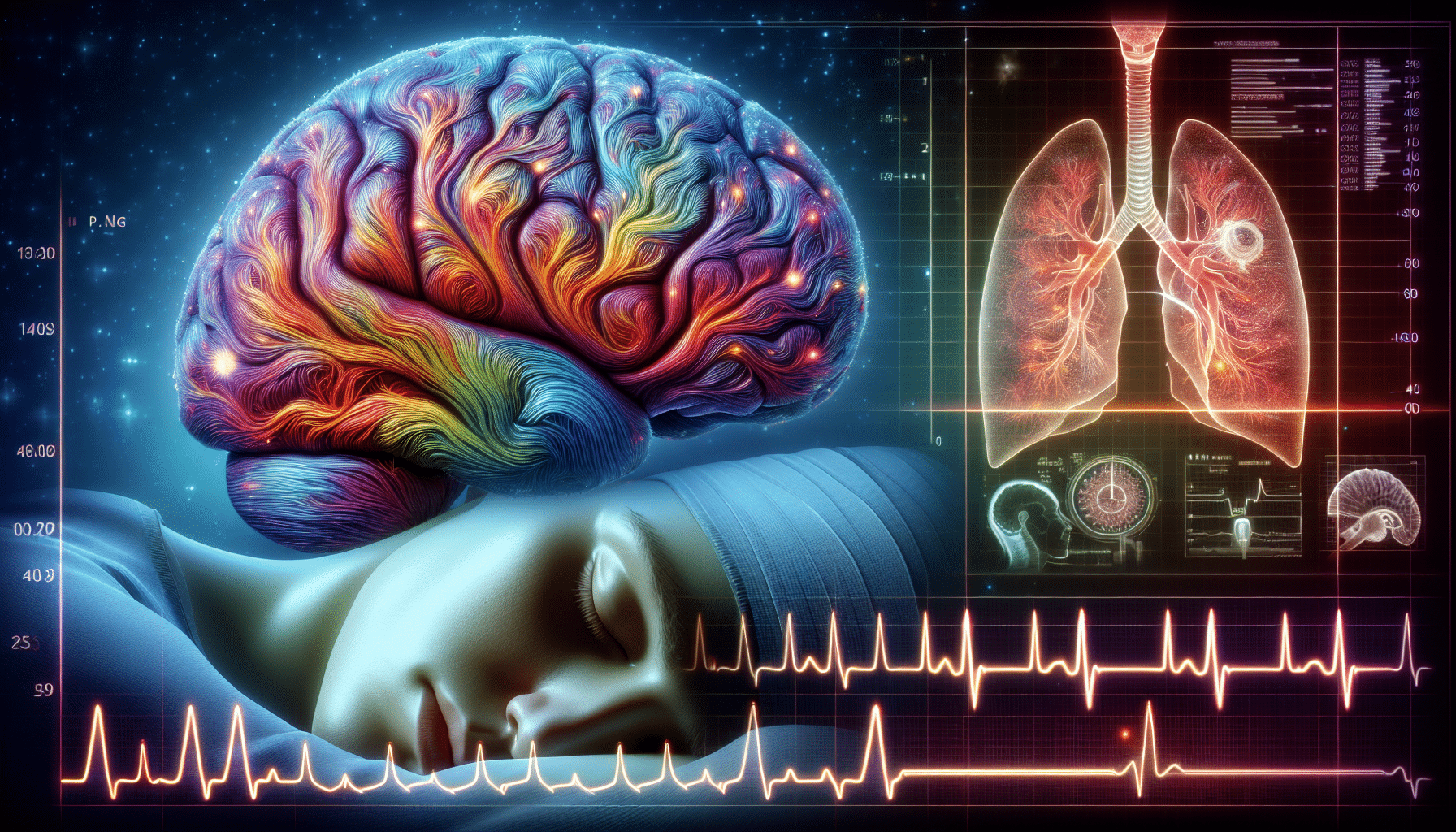Introduction to Sleep Apnea and CPAP Usage
Sleep apnea is a prevalent condition affecting nearly 40 million adults in the United States. This disorder is characterized by repeated interruptions in breathing during sleep, which can lead to a host of health issues if left untreated. To manage this condition, more than 30 million individuals rely on continuous positive airway pressure (CPAP) machines. These devices work by delivering a steady stream of air through a mask, keeping the airways open and preventing the interruptions in breathing that characterize sleep apnea.
However, despite their effectiveness, CPAP machines come with their own set of challenges. They are often expensive, cumbersome, and uncomfortable, which can make consistent usage difficult for many patients. The discomfort and inconvenience associated with CPAP machines lead to a significant number of users abandoning their treatment, thereby exacerbating the health risks associated with untreated sleep apnea.
Link Between Sleep Apnea and High Blood Pressure
One of the most concerning complications of sleep apnea is its strong association with high blood pressure, or hypertension. The relationship between these two conditions is complex and multifaceted. During sleep apnea episodes, the oxygen levels in the blood drop significantly. This hypoxia triggers the brain to work harder to regulate breathing and blood flow, placing additional stress on the cardiovascular system.
A recent study conducted by researchers at the University of Missouri has shed light on the specific brain mechanisms that contribute to hypertension in individuals with sleep apnea. The study, led by Dr. David Kline, identified that oxytocin neurons in the hypothalamus play a crucial role. They found that these neurons are involved in the body’s response to intermittent hypoxia and contribute to the development of high blood pressure. This discovery opens up new potential targets for therapeutic intervention to treat sleep apnea-induced hypertension.
Key Neurochemicals Involved in Sleep Apnea-Induced Hypertension
When it comes to understanding the connection between sleep apnea and high blood pressure, two neurochemicals play a crucial role: oxytocin and corticotropin-releasing hormone (CRH). These neurochemicals are not just buzzwords; they are central to how sleep apnea can lead to hypertension.
Oxytocin, often dubbed the “love hormone,” is more than just a feel-good chemical. In the context of sleep apnea, it has a darker side. When oxygen levels drop during sleep apnea episodes, the brain’s forebrain sends out distress signals. These signals trigger the release of oxytocin, which then interacts with the brainstem. The brainstem is the control center for heart and lung functions, and when it becomes overactive due to oxytocin, it can lead to sustained high blood pressure.
CRH, on the other hand, is primarily known for its role in the stress response. During sleep apnea, the body perceives the lack of oxygen as a stressor, prompting the release of CRH. This hormone further stimulates the brainstem, exacerbating the overactivity and contributing to hypertension. Over time, the continuous release of CRH can lead to chronic high blood pressure, making it a significant player in sleep apnea-induced hypertension.
Understanding the roles of oxytocin and CRH in sleep apnea provides a clearer picture of the mechanisms at play. It also opens up new avenues for targeted therapies that could potentially mitigate the adverse effects of these neurochemicals on the brainstem, thereby helping to manage blood pressure more effectively in sleep apnea patients.
Impact of Sleep Apnea on Overall Health
Research and Future Directions in Treating Sleep Apnea
The recent discoveries about the role of oxytocin and corticotropin-releasing hormone (CRH) in sleep apnea-induced hypertension have opened up exciting new avenues for treatment. Researchers are now focusing on developing therapeutic approaches that specifically target these neurochemicals. By understanding the pathways these chemicals use to affect the brainstem, scientists aim to create drugs that can block these pathways and reduce high blood pressure in sleep apnea patients.
The ultimate goal is to help clinicians develop specific drugs that can either inhibit these neurochemicals or interfere with the proteins they bind to. This could potentially bring blood pressure back to normal levels for those suffering from sleep apnea. The research is still in its early stages, but the findings are promising and could lead to significant advancements in how sleep apnea is treated.
Future research will likely focus on fine-tuning these therapeutic approaches and conducting clinical trials to test their efficacy and safety. The hope is that these new treatments will not only manage blood pressure but also improve overall sleep quality and reduce the risk of other health complications associated with sleep apnea.
Contributions and Impact of Dr. David Kline’s Research
Dr. David Kline has been a pivotal figure in sleep apnea research, particularly in understanding the brain mechanisms that contribute to hypertension. Over nearly two decades at the University of Missouri, he has earned more than $10 million in grants and published over 40 studies in peer-reviewed journals. His work has significantly advanced our understanding of how the brain regulates blood pressure and respiration.
Kline’s research has not only contributed to the academic community but has also paved the way for practical applications that could benefit millions of people suffering from sleep apnea. His recent findings on the role of oxytocin and corticotropin-releasing hormone (CRH) in sleep apnea-induced hypertension open new avenues for developing targeted therapies.
Source: https://www.sciencedaily.com/releases/2024/07/240723123447.htm



